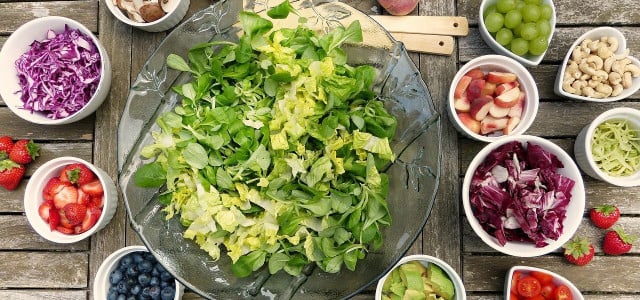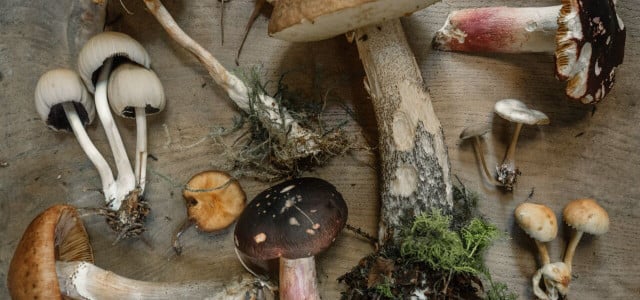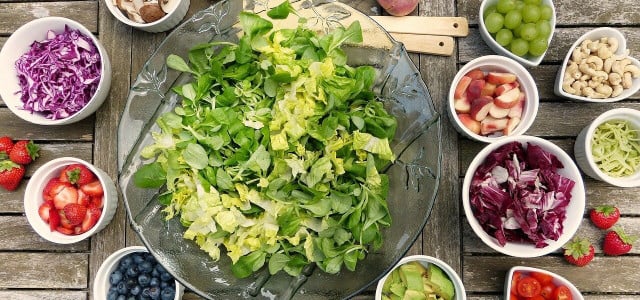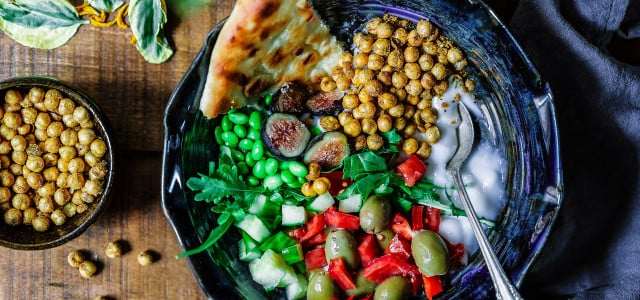Plant-based nutrition is growing in popularity as more people learn how good it feels to eat healthily for their bodies and the planet. Raw vegan diets are at the top of the list. Learn about the benefits, risks and recipes of raw diets!
So — what is a raw vegan diet? A raw diet is any long-term nutritional plan that consists exclusively — or around three-quarters — of unheated vegetable and animal products. The raw vegan diet, naturally enough, abstains from all animal products. That makes it a unique form of veganism.
Fruits and vegetables, salads and greens, mushrooms, nuts, and seeds are the building blocks of the raw vegan diet. A raw diet’s main goal is to preserve the heat-sensitive vitamins, trace elements, and minerals in food.
This article will look at a raw food diet’s many benefits and potential risks. Then we’ll discuss how to work it into your everyday life with a few simple tips.
What Foods Do Raw Vegans Eat? What Are the Benefits?
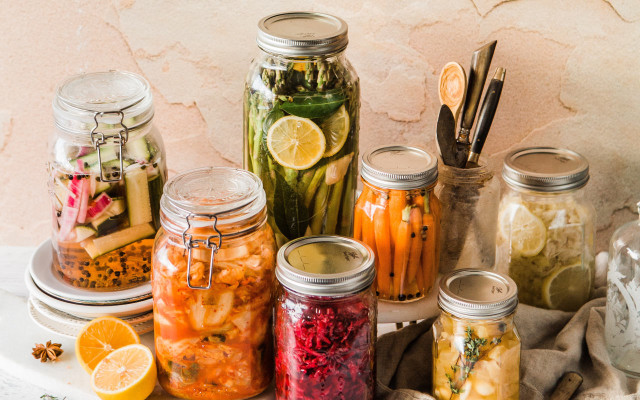
Raw vegans don’t just nibble vegetable sticks! They eat a more varied plant-based diet than you might think. Here are just a few foods to include in a raw diet to ensure you get all the necessary nutrients.
- There’s plenty of calcium in a green vegetable juice of broccoli, fennel, or kale.
- You can prevent zinc and iron deficiency by eating pumpkin seeds, unpeeled flax seeds, and sesame seeds.
- Certain essential fatty acids can also be obtained from high-fat foods like avocados or olives. (Keep in mind that most tinned olives have undergone cooking during manufacturing).
- Raw corn gives you a healthy boost of vitamin B, plant protein and digestive fibers. Check out our delicious recipes for Sweet Corn & Peach Bruschetta and Black Bean & Raw Corn Salad here.
There are also several easy preparation methods that require little or no heat. That means you can prepare an abundance of delicious raw vegan food recipes that also happen to be vegan — if that’s what you’re looking for.
- Soaking: You’ll mainly use this method for nuts and beans. This makes them easier to process. Furthermore, certain beans start to germinate after soaking, which can help digestion — if eaten in moderation. Not all nuts have to be soaked, though. It’s good to assess this on a case-by-case basis.
- Dehydration: In the dehydration process, food is dried for several hours in a kitchen dehydrator (available on Amazon**) or at lower heat in a convection oven, thus preserving it. This is a great way to prepare veggie chips, raw vegetable bread, and other tasty snack items.
- Pureeing: Fruit and vegetable juices made from all kinds of ingredients are a great addition to the raw vegan cookbook. You can also prepare smoothies and raw vegan soups in this way. Here’s one recipe to try: DIY Pumpkin Smoothie – An Easy, Healthy Recipe
- Fermentation: The fermentation process retains all a product’s nutrients and forms lactic acid bacteria, which promote a healthy intestinal flora. Cabbage is a popular candidate for fermentation – the process makes it more digestible – but almost all vegetables are suitable. Check out our guide on how to ferment vegetables.
Risks: Dangerous Raw Foods and Potential Nutrition Deficiencies
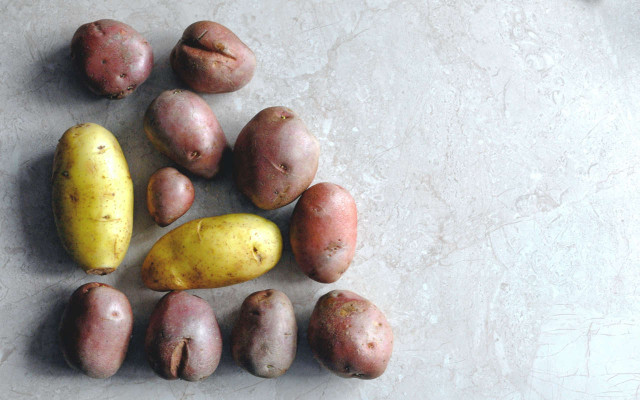


Of course, almost all conventional diets include some raw vegan food without any inherent risks. Still, there are a few things to be aware of if you’re switching to a raw food diet.
- Not all vegetables can be consumed raw. This is particularly true of potatoes, aubergines, beans, rhubarb, cassava, and legumes or pulses. You should always cook these foods thoroughly before consumption. One of the few pulses you can eat raw is the sugar snap pea.
- You should be particularly careful if you go foraging for wild herbs and mushrooms that you intend to eat raw. There is often a high risk of confusion with poisonous specimens.
- Note: Eating only raw foods puts more strain on your teeth than a regular diet. So, make sure to eat fruit and vegetables not only whole but also grated and pureed.
As with veganism in general, there are certain nutritional deficiencies that practitioners of a raw vegan diet should watch out for. One vitamin lik be missing from many vegetarian and vegan diets is vitamin B12. The only proven sources for this are animal products or dietary supplements. Other important elements lacking in a raw food diet can include vitamin D, zinc, iron, and calcium.
Consequently, if you are moving to a 100 percent raw vegan diet, it is advisable to have regular medical check-ups to detect possible deficiencies. Also important — for everybody, not just vegans — is to eat as varied as possible, for a good mix in your sources of nutrients.
Raw Vegan Food Diet: Benefits for Your Body and the Planet



Of course, a raw vegan diet also has numerous benefits. Any form of nutrition based solely on plants will have a significant positive impact on your health. These impacts include a lower risk for heart disease and diabetes. Improved digestion (due to the increased fiber intake) and weight loss are other positive side effects.
However, these benefits are proven for traditional vegan or vegetarian diets. There are not yet enough studies examining the raw food diet specifically to establish whether eating raw is necessarily most beneficial in all cases.
Nevertheless, avoiding the things that are automatically off the menu on a raw food diet — foods with too much salt and sugar, for example — will have a huge positive effect on your health and well-being. In this sense, eating raw is undoubtedly beneficial.
Finally, any diet that reduces or removes its reliance on animal products is going to be good for the environment. We now know that meat and dairy production is soon to overtake oil as the planet’s biggest polluter. And if you’re not using energy to cook at home, that will reduce your carbon footprint, too. Check out our list of tips for preparing raw vegan food below.
Summing Up the Raw Food Diet
There are many reasons to consider switching to a raw vegan diet. Not only are there numerous health benefits, but it’s better for the environment. Last but not least: It’s always good to reconsider our consumer behavior and focus on healthy eating.
Still, don’t rush into a raw food diet. It’s better to increase the proportion of raw foods in your usual diet slowly. That way, you won’t immediately overtax your digestive system. Stomach ailments, a feeling of fullness, and even diarrhea are typical symptoms of a rushed conversion to raw vegan food.
Inform yourself beforehand about any new approach to your nutrition by talking to others or by researching online for detailed tips and information. If you suffer from chronic deficiency symptoms or diseases, discuss your change in diet with a doctor.
Ultimately: Every person is different, and everybody has different needs. If you notice that you don’t feel comfortable with an exclusively raw vegan diet, you can always reduce your raw food percentage as necessary. The most important thing is to eat a balanced diet. You should be taking care of your own health as well as considering the well-being of animals and the environment.
This article was translated and adpated from German by Will Tayler. You can read the original here: Roh und vegan: Darauf musst du bei dieser Ernährungsform achten
Important Information regarding Health-related Topics.
** Links to retailers marked with ** or underlined orange are partially partner links: If you buy here, you actively support Utopia.org, because we will receive a small part of the sales proceeds. More info.Do you like this post?






